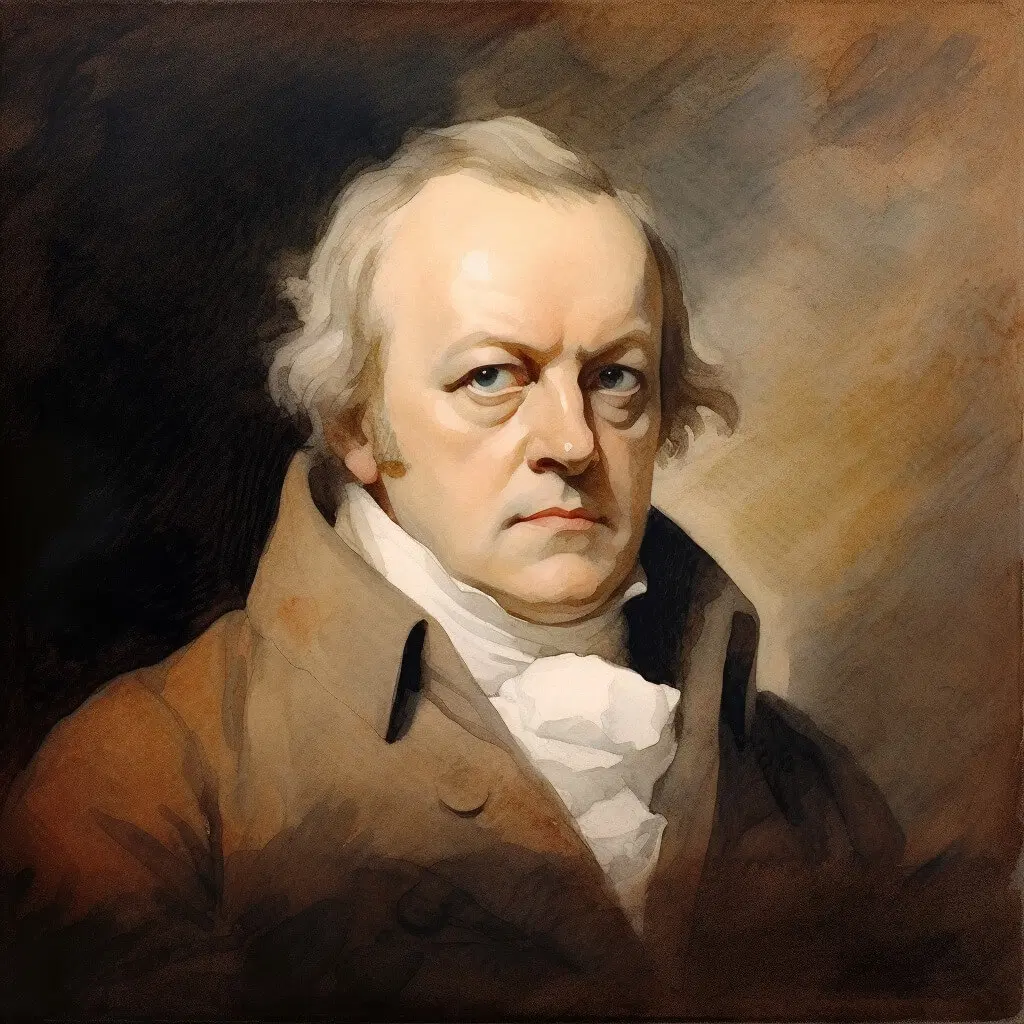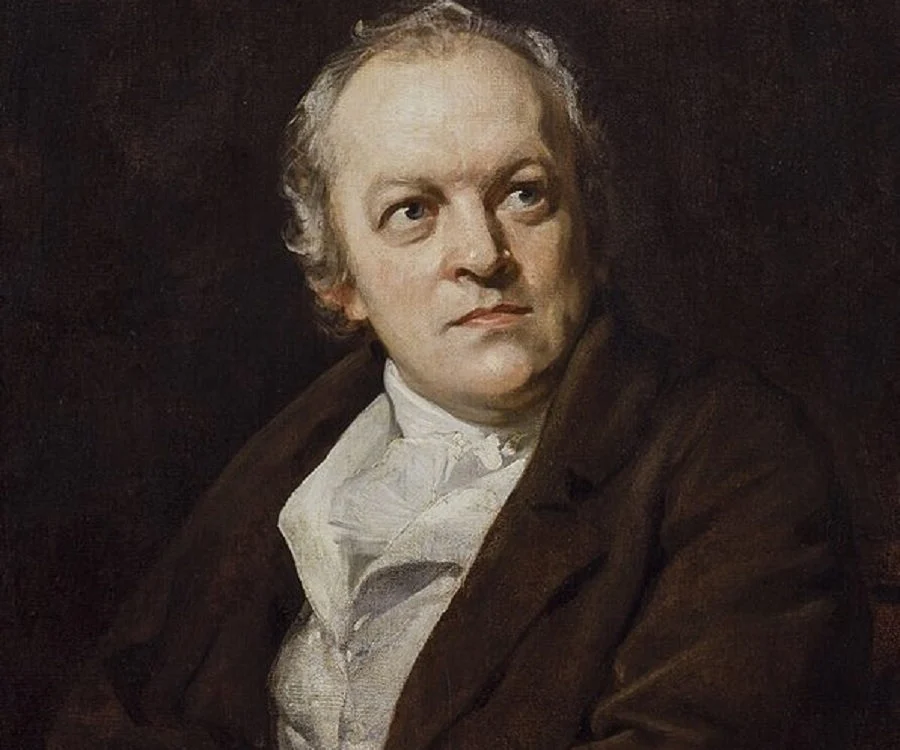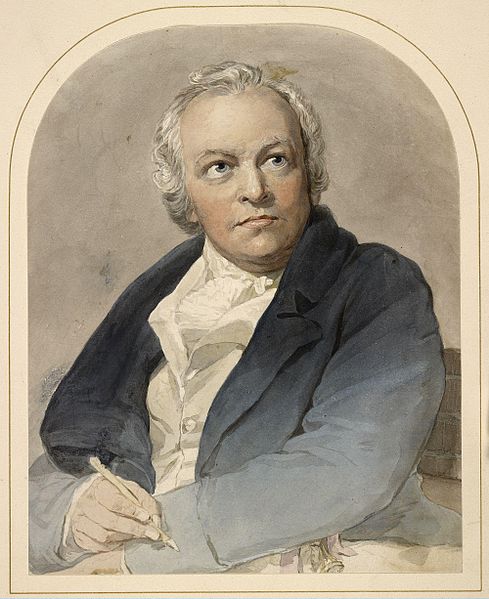News
William Blake’s ‘The Blossom’: A Lyrical Masterpiece Celebrating Innocence, Nature, and Life’s Cycles
William Blake, an 18th-century English poet, is remarkably known as a painter, and printmaker.

He is renowned for his mystical and visionary works that are beyond the boundaries of conventional art and poetry.
One of his powerful creations, “The Blossom,” is a short poem from his collection “Songs of Innocence.”
In this article, we will talk in-depth about the meaning of this lyrical masterpiece, the themes, imagery, and emotions that Blake wrote within its verses.
The structure of the “The Blossom”
The poem comprises two sestets, that is, six-lined stanzas. Each has an ABSAAC rhyme scheme.

“The Blossom” as an Emblem of Innocence:
“The Blossom” is a prime representation of Blake’s appeal to innocence, a recurring theme in his works.
In this poem, the innocence of nature and its intrinsic connection to human life are vividly depicted. The poem opens with the lines:
“Merry, merry sparrow! Under leaves so green A happy blossom Sees you, swift as arrow, Seek your cradle narrow, Near my bosom.”
These lines set the foundation for the rest of the poem, with the “happy blossom” symbolizing the purity and joy of nature and the sparrow representing the observer or poet himself.
The relationship between the blossom and the sparrow reflects the harmonious relationship between man and nature in its unspoiled state.
SEE ALSO – Top 5 Post-Knee Replacement Surgery Errors For A Smooth Recovery And Minimized Complications
The Cycle of Life and Renewal:
As the poem unfolds, Blake’s words paint a picture of the cycle of life and renewal that is in the natural world. He writes:
“Pretty, pretty robin! Under leaves so green A happy blossom Hears you sobbing, sobbing, Pretty, pretty robin, Near my bosom.”
Here, the robin’s “sobbing” suggests the sad and short nature of life, while the “happy blossom” remains an unwavering witness to these short moments.
The closeness of life and death, joy and sorrow, reflects Blake’s profound understanding of the human condition and the cyclical nature of existence.

Innocence and Experience:
It’s essential to view “The Blossom” in the context of Blake’s larger body of work. This poem is part of “Songs of Innocence,” a collection that contrasts with its counterpart, “Songs of Experience.”
Together, these collections explore the duality of human nature and society, with “Innocence” representing purity and “Experience” reflecting the harsh realities and corruption of the world.
“The Blossom” can be seen as a celebration of the innocence present in nature, a purity that Blake believed could serve as a counterbalance to the darker aspects of life portrayed in “Experience.”
The poem shares the idea that embracing the beauty and simplicity of nature can provide solace and quietness from the complexities of the human condition.
Conclusion:
William Blake’s “The Blossom” is a poetic gem that speaks about the essence of innocence, the beauty of nature, and the cyclical nature of life.
Through its lyrical verses and vivid imagery, the poem invites readers to contemplate the profound connection between humanity and the natural world.
“The Blossom” remains a testament to Blake’s visionary talent and his ability to convey deep philosophical and spiritual insights through the simplicity of his words.
As we immerse ourselves in the splendor of “The Blossom,” we are reminded of the enduring power of poetry and art to touch the soul and elevate the human spirit.